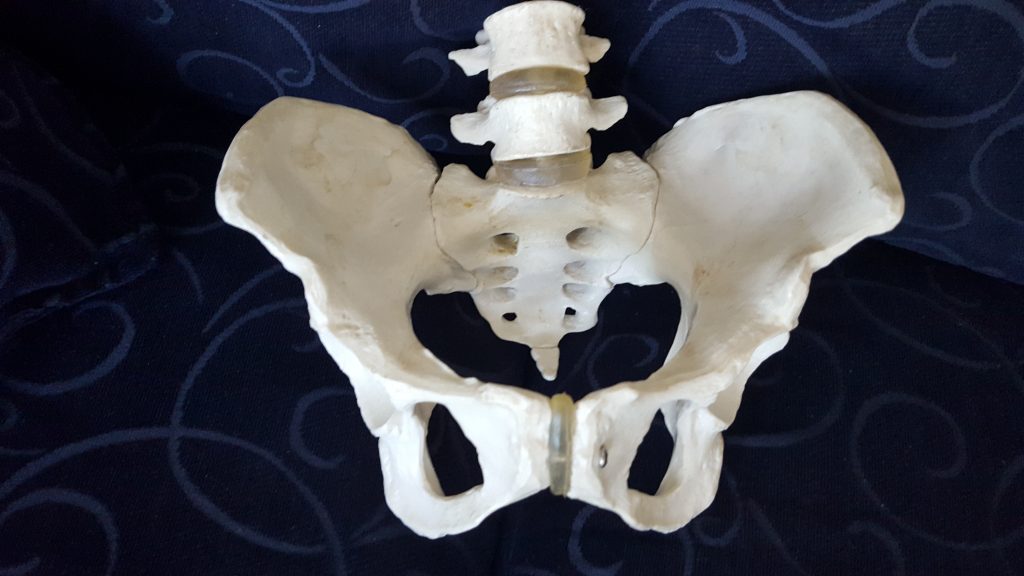Welcome

Miss Hortence – see Rosita speaking of her here A page with TWO of Rosita’s mentors – she avoids ever speaking of Miss Beatrice – who was the other midwife whose life and times are beautifully written about (please buy 5 copies and hide one at home – here.

ALSO – here is a 47 minute video of Belizean midwives .
THE art of birthing – and a herbal midwife.
Usually all parts relating to women’s bits are named after the men who discovered them. Miss Hortence, a Belizean midwife has been honoured in the Arvigo teachings as she would very heavily attack this three phase area on both sides of the body to alleviate anal sphincter/perineal/genital issues.
As flows have to flow, any blockage here affects all in these lower regions
Hortence’s point(s) are used as checkers predominantly.
In the gentling way we do not attack and force change. Especially given the location. All modicums of privacy must be left at the door when working with women and often anyone as as children. hopefully the privacy issues (and as my son said to his small children as a parental dictate – – we are not allowed to stick our fingers in anyone’ holes”). Said succinctly – we are in the area of a very private place.
To access what ails most people – we must explain what we are up to in advance. Having a soft or bony pelvis to demonstrate. We are all visual learners. It may be – may be helpful observe and feel the nerves, the pelvic bowl and contents to see how the interconnections are so precise
Hortence’s points is attacked in the Arvigo work I was taught 20014/15. We choose to set the recipient of care up to win.
Working directly on this is well into the work we are doing each session. More on L.L.I. checkers can be found here.
Why we are involved heavily in the coccyx area is because we are influence the entire body through the tailbone.
When we work on the coccyx, the entire body relaxes – IF we allow it – and the person is not shut down/ freaked out there.
Hortence’s point is 3 locations on either side of Alcock’s canal
The pudendal nerve is a major somatic nerve of the sacral plexus. Nerve roots – S2-S4
Motor – innervates various pelvic muscles, the external urethral sphincter and the external anal sphincter.The pudendal nerve runs through here and all it does (especially external genitals and anal sphincter and potentially all in then sacral /coccyxgeal area is influenced there. See more here
Sensory – innervates the external genitalia of both sexes and the skin around the anus, anal canal and perineum
Pudendal canal, also known as Alcock canal, is a sheath derived from the fascia of the obturator internus muscle and is found in the lower lateral wall of the ischiorectal fossa. Alcock’s canal a tunnel formed by a splitting of the obturator fascia, which encloses the pudendal vessels and nerve.is where we are influencing – and the nerve supply is partially the pudendal nerve. The pudendal canal is an anatomical structure formed by the obturator fascia lining the lateral wall of the ischioanal fossa. The internal pudendal artery and veins, and pudendal nerve pass through the pudendal canal, and the perineal nerve arises within it. See,more here Wikipedia
What is usually offered by physios – Alcock Canal Syndrome (ACS) is a chronic neuropathic pelvic pain, which is often misdiagnosed, and therefore often inappropriately treated, leading some patients to wait long periods of time to receive effective treatment. Causes are wide ranging and include childbirth trauma, excessive cycling (not on a recumbent – as in lying down vehicle as Duncan only uses), gynecological or colorectal surgery, or pelvic or perineal trauma. The primary symptom is pain in the genitals or the anorectal area and the symptoms are usually worse when sitting. The pain can move around in the pelvic area and can occur on one or both sides of the body. The pain is often described as burning, knife-like or aching, stabbing, pinching, twisting or even numbness. Sexual dysfunction and difficulties with urination and/or bowel movements are also common.
NOTE – this is very poorly addressed in any biomedical as it is not gentle, or respectful
All vuvladynial complaints must have steaming and the entire range of what we offer
Pain in the vulva – coming from where and what caused it?
“There are multiple routes of treatment including medical management comprised of medications, invasive interventions such an surgery, injections, and neuro-modulation, as well as non-invasive or conservative therapy consisting of pelvic health physical therapy. A skilled pelvic health physical therapist will perform an assessment to determine what musculoskeletal impairment may be driving your symptoms. This often includes a postural evaluation, external pelvic muscle and fascia assessment, and a gentle internal pelvic floor muscle evaluation. There are multiple areas within the pelvis that the pudendal nerve can become compromised, and an internal assessment can provide insight into where this might be occurring”.
In the Arvigo work – we find the what to do and how here in the manual (2013/and 2016 versions. Arvigo pages are seen on this site page
